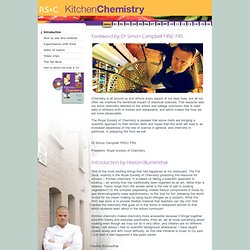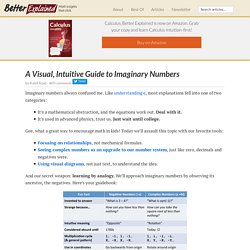

Imagine Carl Sagan, Stephen Hawking and Arthur C. Clarke together in conversation. It happened. Ehm.

No. We don't laugh at Copernicus. His heliocentric theory is obsolete but importantly it was based on observation of nature. That is, he built his hypothesis based on observed phenomena. Thus it has value. The people who thought the Earth was flat assumed without observation. As Sagan points out early in the talk, we should not be discouraged from asking the fundamental questions.
"we shall be revealed as larger fools than they. " Well, you've certainly taken that step for yourself. Njwildberger. MathHistory: A course in the History of Mathematics Play Starting with the ancient Greeks, we discuss Arab, Chinese and Hindu developments, polynomial equations and algebra, analytic and projective geometry, calculus and infinite series, number theory, mechanics and curves, complex numbers and algebra, differential geometry, topology and hyperbolic geometry.

Meant for a broad audience, not necessarily mathematics majors. There are 17 lectures. MathFoundations Play Does mathematics make logical sense? Year9Maths This series is aimed at Year 9 Maths students, primarily in Australia, but also beyond. This series will have practice problems for students to do as they go along. WildLinAlg: A geometric course in Linear Algebra This course by N J Wildberger presents a geometrical view to Linear Algebra, with a focus on applications. We are aiming for a careful exposition with an orientation on conceptual understanding, applications, and explicit examples. Good luck! Differential Geometry. How to use this resource. Chemistry is all around us and affects every aspect of our daily lives, but all too often we overlook the beneficial impact of chemical sciences.

This resource sets out some chemistry relevant to the school and college curriculum that is used daily in kitchens both in homes and restaurants, and which makes the food we eat more pleasurable. The Royal Society of Chemistry is pleased that some chefs are bringing a scientific approach to their kitchen skills and hopes that this work will lead to an increased awareness of the role of science in general, and chemistry in particular, in preparing the food we eat. Dr Simon Campbell FRSC FRS President, Royal Society of Chemistry One of the most exciting things that has happened at my restaurant, The Fat Duck, recently is the Royal Society of Chemistry producing this resource for schools – Kitchen chemistry.
A Visual, Intuitive Guide to Imaginary Numbers. Imaginary numbers always confused me.

Like understanding e, most explanations fell into one of two categories: It’s a mathematical abstraction, and the equations work out. Deal with it.It’s used in advanced physics, trust us. Just wait until college. Gee, what a great way to encourage math in kids! Focusing on relationships, not mechanical formulas.Seeing complex numbers as an upgrade to our number system, just like zero, decimals and negatives were.Using visual diagrams, not just text, to understand the idea. And our secret weapon: learning by analogy. It doesn’t make sense yet, but hang in there. Video Walkthrough: Really Understanding Negative Numbers Negative numbers aren’t easy. But what about 3-4? Negatives were considered absurd, something that “darkened the very whole doctrines of the equations” (Francis Maseres, 1759). What happened? Rather than saying “I owe you 30” and reading words to see if I’m up or down, I can write “-30” and know it means I’m in the hole.
Uh oh. Wrong. Or.